
Why we love the places we love

In Houston’s Second Ward, a former incinerator site south of Buffalo Bayou operated from the 1920s to 1960s to burn off the City of Houston’s municipal waste, leaving environmental toxins in its wake. Heavy metals, dioxins, lead, arsenic, and volatile organic compounds are all part of the site’s present-day soil composition.
The Houston Land Bank (HLB), helmed by CEO/president Christa Stoneham and director of community development Lindsey Williams, is leading the charge to decontaminate and transform the 4.5 acres into a purposeful green space. The initiative is supported by a $5.5 million grant from the Environmental Protection Agency, with $5 million allocated for the cleanup of the brownfield and $500,000 for community-wide environmental assessments.
Houston City Council voted to enter the land banking agreement in October 2023 and sold the land to HLB. Originally established in 1999 as the Land Assemblage Redevelopment Authority, the organization was recertified in 2018 as HLB to partner with the city on community developments as part of the Houston Complete Communities initiative.
This cleanup project is poised to transform the historically underutilized and contaminated site on North Velasco Street into a community asset. The process actively includes community voices and aligns with HLB’s mission to foster urban renewal and sustainable community development. “The Velasco Incinerator Cleanup Project represents a significant step forward in the HLB’s efforts,” said Stoneham. “We are committed to continuous engagement and transparency throughout this project, ensuring that our efforts lead to long-term benefits for the community.”
The project is in the cleanup planning phase. Once remediation is complete, the land is expected to be sold to another entity, likely the Buffalo Bayou Partnership, to align with its mission to steward hike-and-bike trails and community green spaces. The planning and remediation efforts should take approximately four to five years, during which long-term monitoring processes will be established.
Planning efforts include procurement of various contractors to secure and cap the site. The scope of work will not require full removal; instead, capping will prevent the 30 feet of contaminated ashes from spreading to other sites. The specific program for the reimagined green space is undetermined, but HLB is actively engaging with the community to shape a vision that fosters equity and aligns with broader community goals.
“I really believe in the power of design,” said Williams. “Inequity is infused by design as was written by Richard Rothstein in The Color of Law. That same power can be used to reverse that inequity.” Specific tools for fostering equity that are under consideration include land banks, which could bring delinquent land back to the tax rolls while also providing historically marginalized community members a seat at the table in land use planning.
This cleanup project brings to light many issues concerning environmental justice, public health, and the politics of garbage. Clearly, there is work ahead to restore this land. The parcel has been a community concern for decades, as evidenced by the work of renowned environmental justice dean and professor Dr. Robert Bullard. His research details how 100 percent of city-owned landfills and 75 percent of city-owned incinerators are located in neighborhoods of color.
Dr. Bullard argues: “In place of NIMBY (Not In My Back Yard) politics, Houston practiced a “PIBBY” (Place In Blacks’ Back Yard) policy. Government and private industry targeted Houston’s Black neighborhoods for landfills, incinerators, garbage dumps, and garbage transfer stations.”
Recent efforts to downsize federal services, including projects funded by the EPA, have left the future of the project uncertain. At the time of publication, HLB was instructed to proceed, following a court directive that temporarily lifted the previous pause on the award.
To encourage community engagement, HLB is opening numerous avenues for feedback, including a comment section on the website. Weekly “Juice and Justice” breakfast meetings on Friday mornings are open to various neighborhood members, community leaders, and partners/collaborators. For continued community input and transparency, project updates and news are available at the project website, bankingvelasco.org.
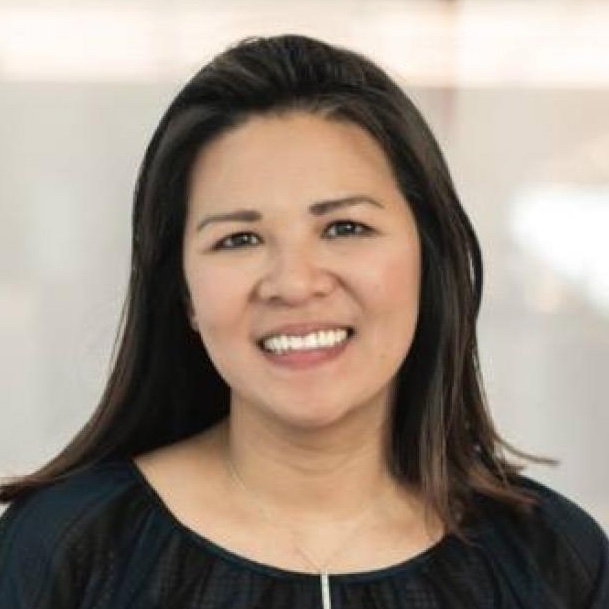
Florence Tang, Assoc. AIA, NOMA, is a journalist, designer, and project manager based in Houston.

Why we love the places we love

A Space Designed to Age Like Whiskey
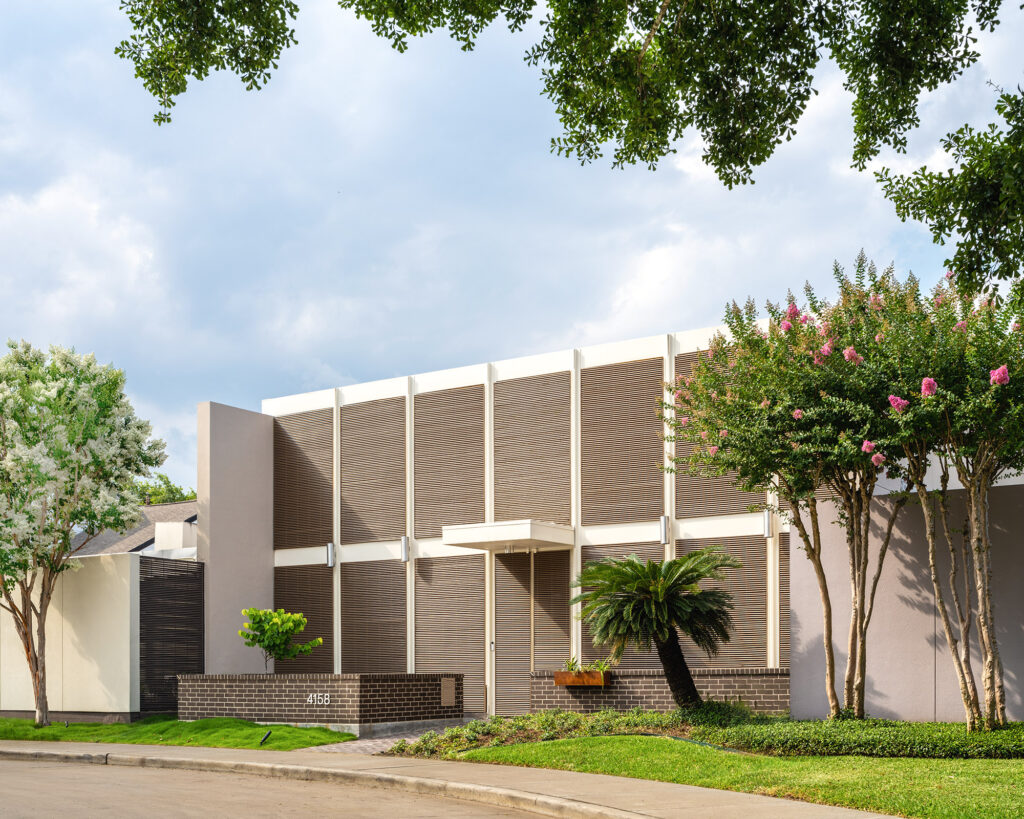
Restoring a Midcentury Townhouse

Why Every City Needs an Architect
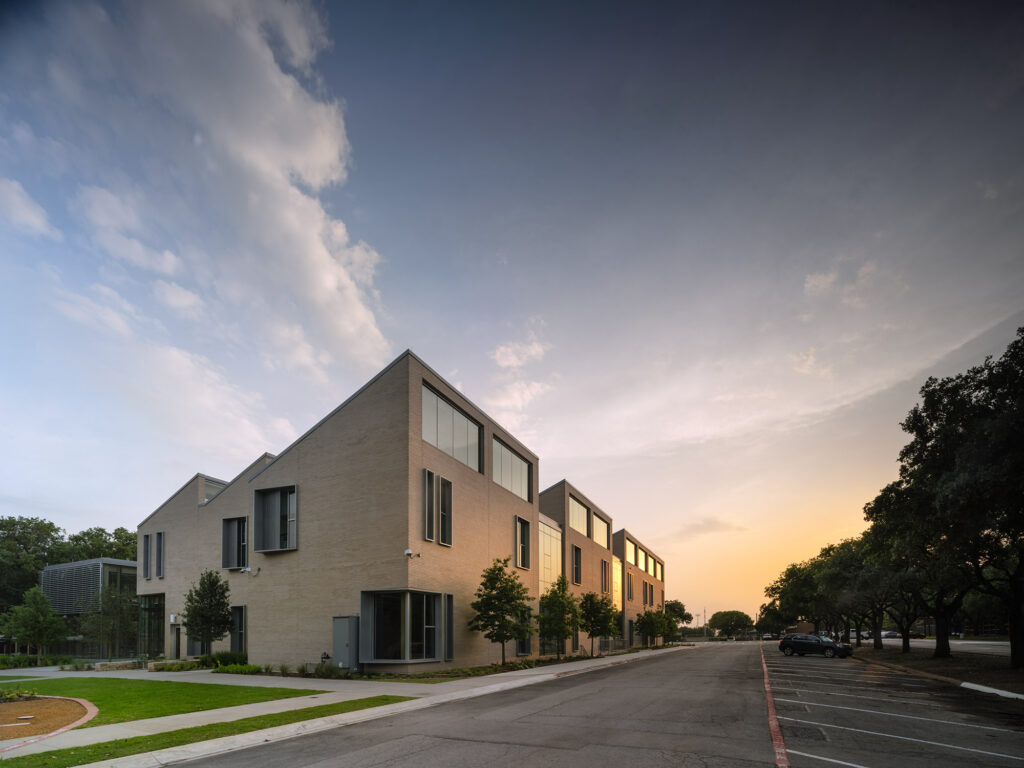
Lessons in Mass Timber

Learning from Biogenic Materials

The Allen Teleport 50 Years Later


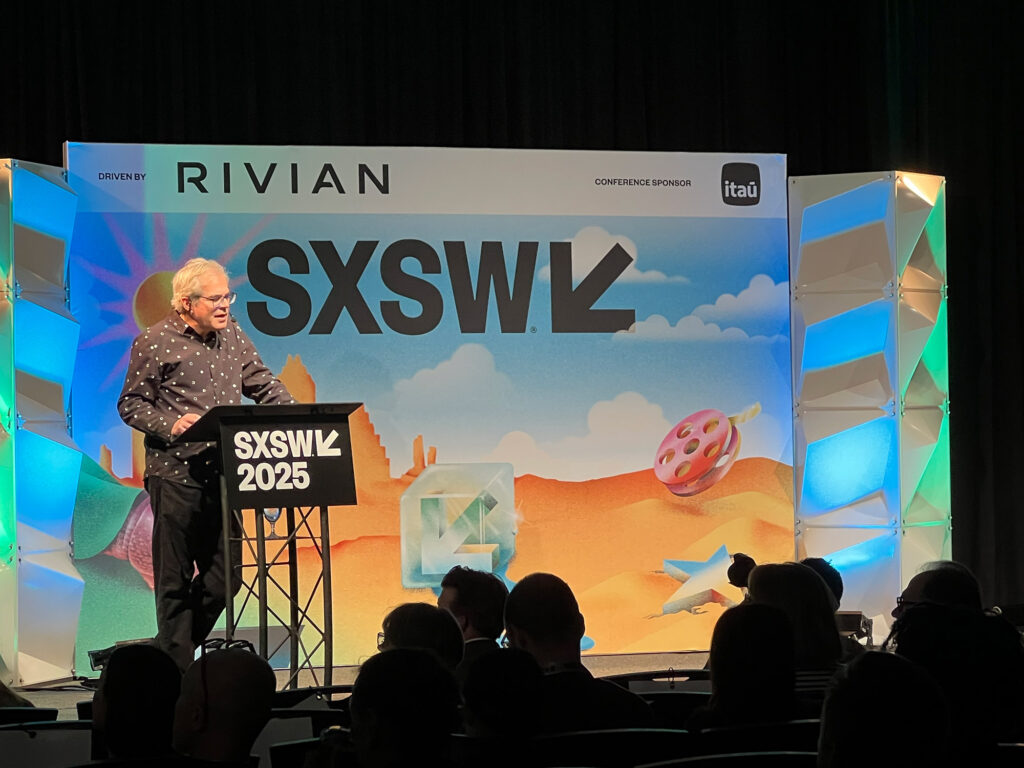



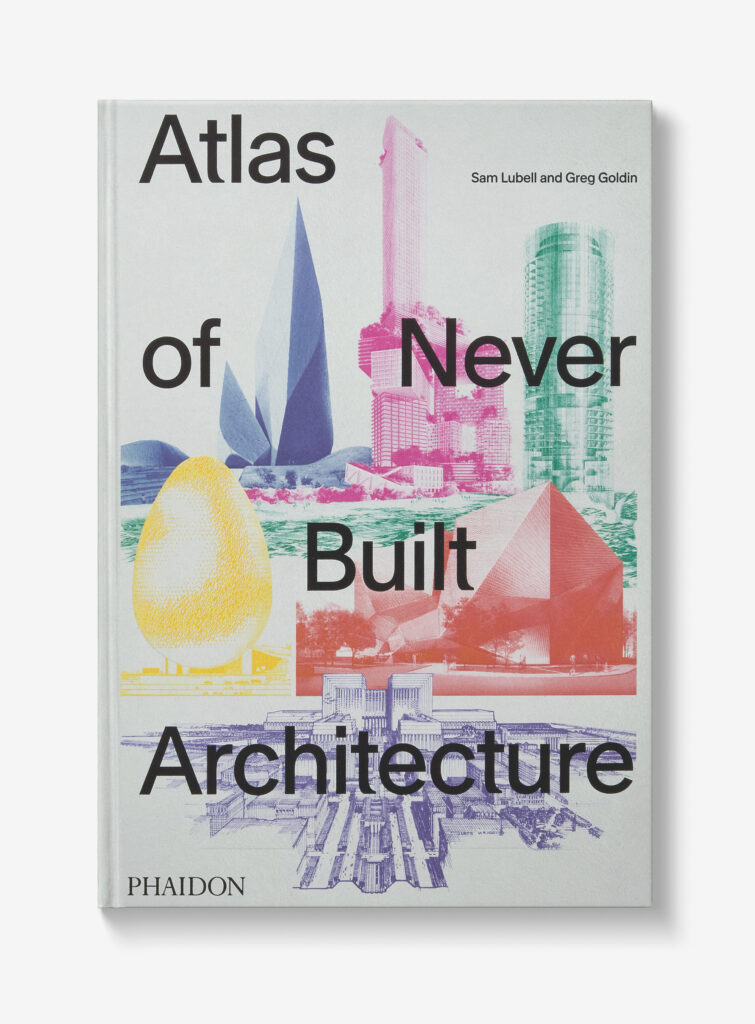
Atlas of Never Built Architecture
Sam Lubell and Greg Goldin
Phaidon, 2024
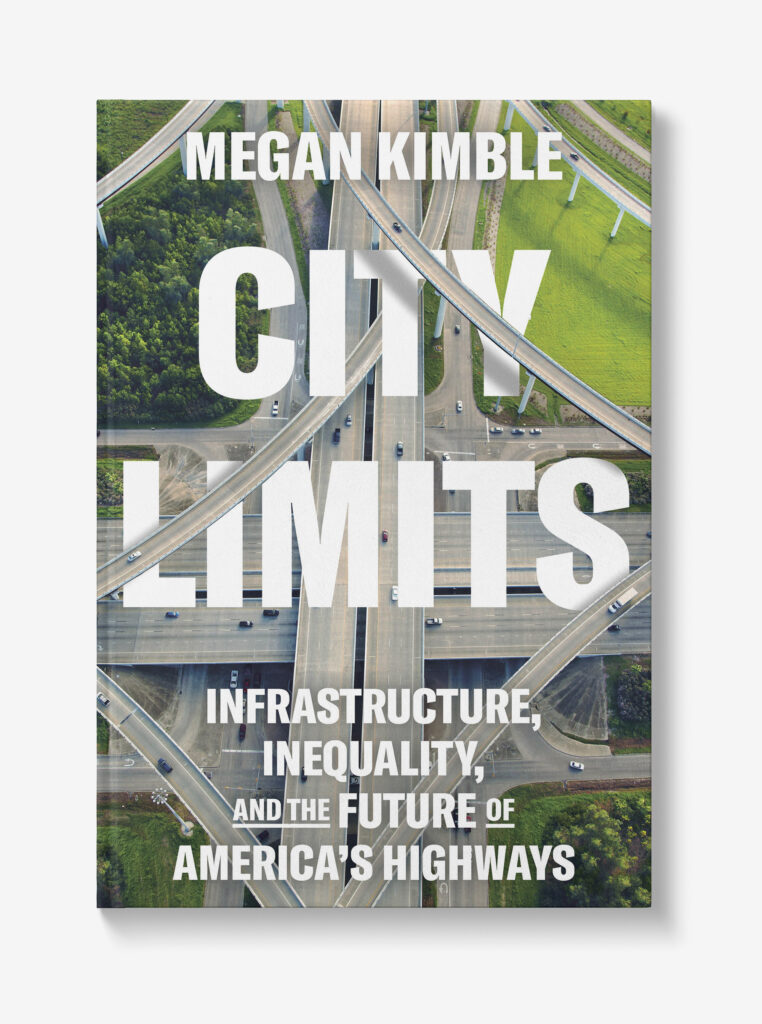
City Limits: Infrastructure, Inequality, and the Future of America’s Highways
Megan Kimble
Crown Publishing Group, 2024
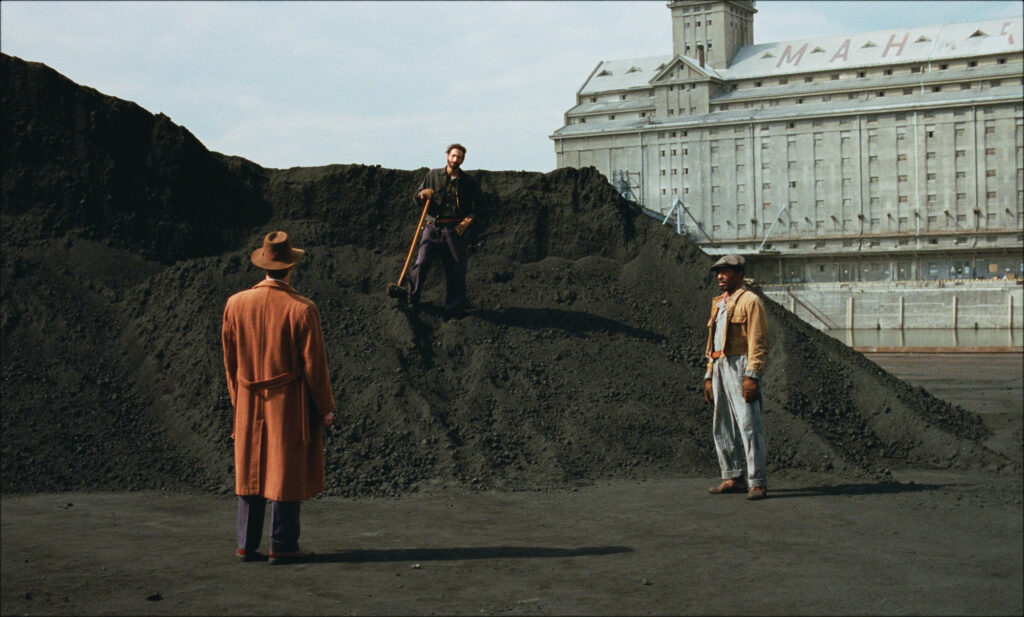
The Brutalist
Directed by Brady Corbet
Written by Brady Corbet and Mona Fastvold
Brookstreet Pictures and Kaplan Morrison, 2024

Each of these new products takes a novel approach to traditional surfacing materials—from recycled plastic to metal to concrete.
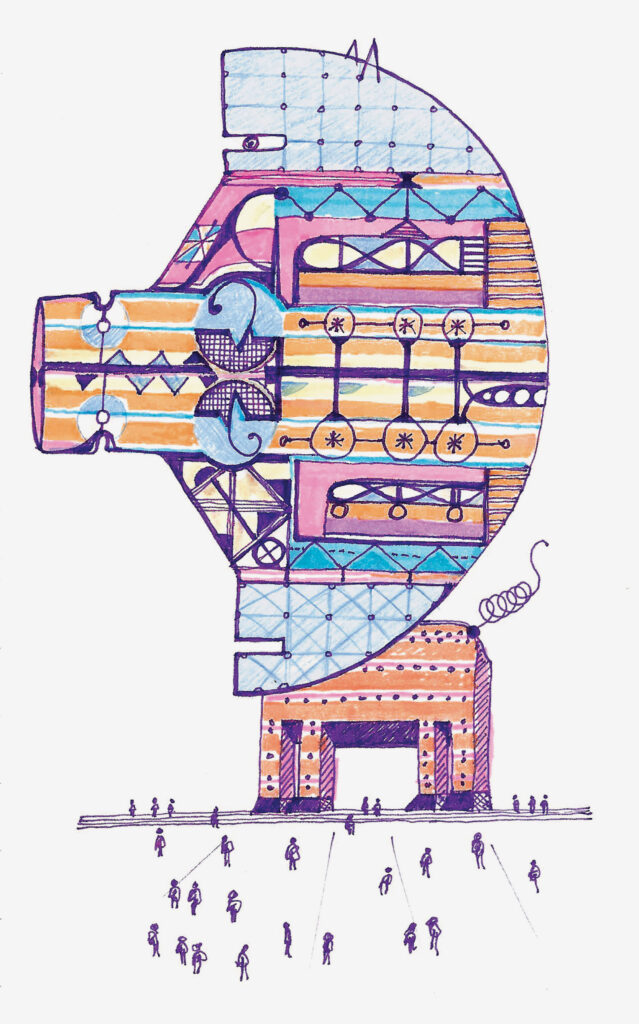
This project thesis and agility functions to progress to a life cycle and predictability was expressed in WM Constructors Construction Services proposal for decontamination and closure was respectfully submitted before deadline. My company was not selected. But for grace we gave a sincere submission. I hope that grace will reopen WM Constructors bid and estimate.
Amicusly,
Owner